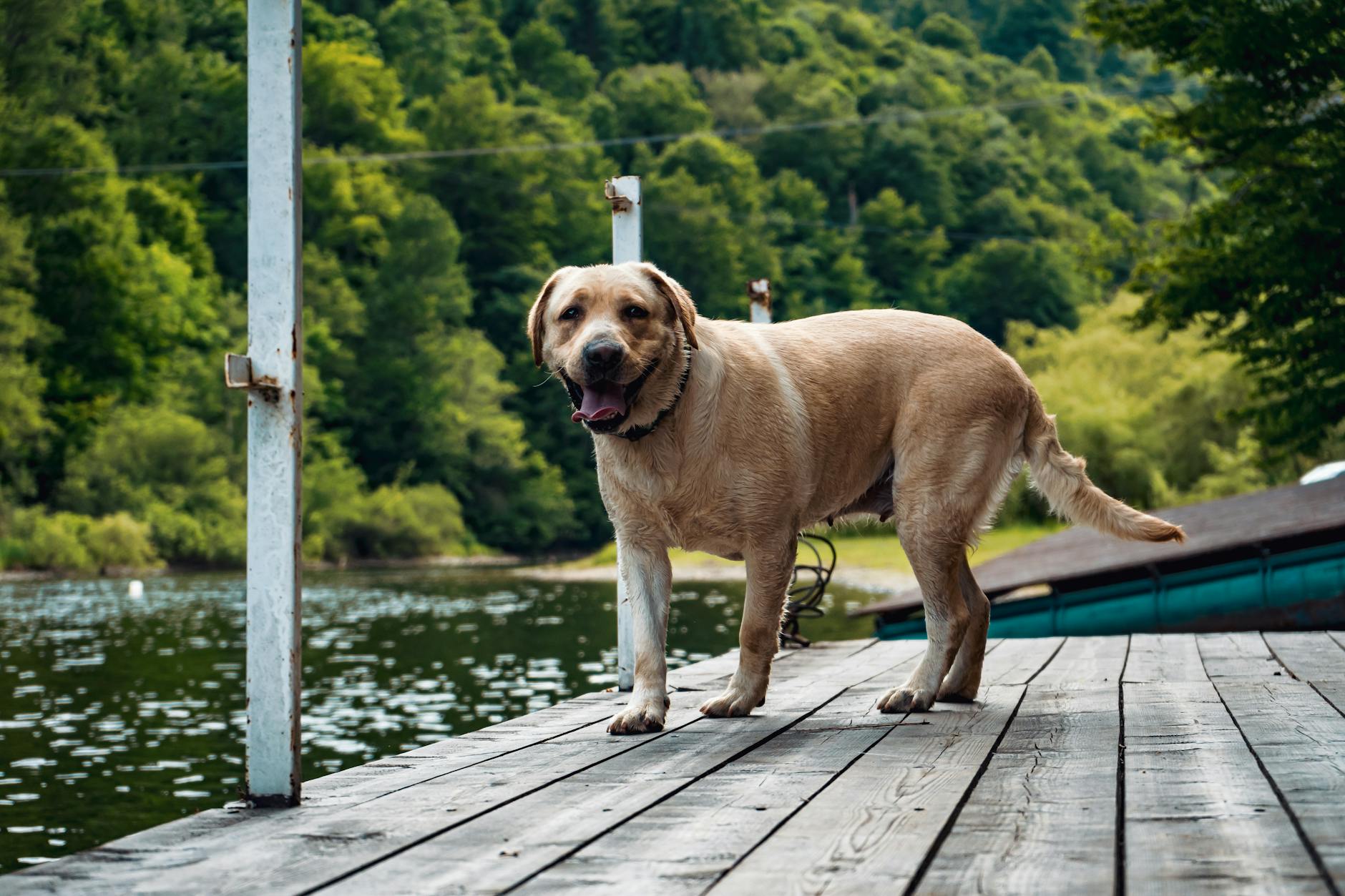Can Modern Dog Technologies Enhance Wildlife Safety in Australia?

Understanding Modern Dog Technologies
In recent years, advancements in canine care technology have revolutionised how we ensure the safety and wellbeing of our four-legged companions. Among various tools, the snuggle puppy has emerged as an effective option for providing comfort, especially to young puppies, facilitating a smoother transition into new environments. This tool is particularly useful in areas like the Tasmanian Wilderness World Heritage Area, where many pet owners reside and work closely with diverse wildlife ecosystems.
Another technology gaining traction is the use of an anti bark collar. When sourced responsibly, these collars can help manage excessive barking, particularly in working dogs, without causing harm. It's crucial, however, to ensure these devices are used ethically, reflecting our commitment to preserving the tranquillity of natural habitats, such as those surrounding the Bonorong Wildlife Sanctuary.
Moreover, the hidden dog fence offers a non-intrusive way to contain dogs within specific areas, allowing for secure exploration without the constraints of traditional fencing. This can be particularly beneficial in rural Tasmania, where wildlife conservation and pet safety are equally prioritised. By integrating these field-tested technologies, we can empower pet owners to manage their dogs responsibly while respecting the unique landscapes of Tasmania.
As these innovations continue to evolve, they align with our broader mission to champion pet welfare and environmental integrity. Through informed choices and ethical practices, we can foster a harmonious balance between our domestic animals and the stunning natural world around us.
Wildlife Safety Challenges in Australia
Interactions with Native Species
In Australia, the coexistence of domestic dogs and native wildlife is a delicate balance, requiring informed management and conservation strategies. Domestic dogs can inadvertently pose threats to native habitats, particularly in areas like the Tasmanian Wilderness World Heritage Area. High-level expertise in animal behaviour and control technologies becomes essential in mitigating potential negative impacts. Understanding the local terrain and wildlife habits is crucial for developing strategies that protect both our beloved pets and the unique species that inhabit these regions.
Risks From Domestic Dogs
The presence of domestic dogs in rural areas can introduce unintended risks to native wildlife. Dogs that are not properly managed may chase, harass, or even harm wildlife, disrupting ecological balance. Technologies like GPS dog tracking play an important role in monitoring and managing dogs’ movements. By using such tools, pet owners can prevent dogs from wandering into sensitive areas and potentially harming at-risk species. This technology ensures that pets remain safe while respecting the surrounding environment.
Environmental Impact Concerns
The use of certain dog training tools can have a wide environmental impact. Methods such as shock collar usage are not only inhumane but can also contribute to negative perceptions in discussions about pet care ethics. Encouraging the adoption of non-invasive and ethical technologies aligns with broader conservation goals. Communities that prioritise humane tools set a strong precedent for responsible pet ownership. By integrating these guiding principles, we strive to foster a harmonious interaction between domestic animals and the environment they share.
Enhancing Safety Through Technology
Monitoring Behavior and Habits
Incorporating technology to monitor canine behaviour can significantly enhance safety, especially for environmentally-conscious individuals who value the sustainable coexistence of domestic animals and wildlife. In Tasmania, where the tranquil landscapes of the Tasmanian Wilderness World Heritage Area meet domestic life, using advanced monitoring tools is crucial. Devices like training collars dogs are designed to safely monitor and correct undesirable behaviours without causing harm. These collars provide real-time feedback to owners, helping them to understand their dog's behavioural patterns and intervene when necessary.
For those living in areas with diverse wildlife, like the Bonorong Wildlife Sanctuary, technology such as the citronella dog collar offers a humane alternative to correcting unwanted barking behaviour. These collars release a harmless spray that interrupts barking, avoiding the use of harsher measures like electric shock collars. This approach not only maintains harmony between pets and wildlife but also aligns with the ethical standards expected in pet care.
By adopting field-tested strategies, pet owners can foster positive interactions between their dogs and the surrounding environment. Smart technology gives us an invaluable insight into our pets' lives, helping us make informed decisions that protect both the pet and the wildlife around us. With the right technology, we have the power to shape a future where pets coexist harmoniously with nature, enriching the community while preserving Tasmania's intricate ecosystems.
Ethical Considerations
Balancing Technology and Welfare
As a staunch advocate for animal welfare, it's crucial to harness technology in a way that respects animal well-being. Devices like dog electric collars are often debated due to their potential impact on animal health. While they can be efficient in behaviour modification, it's important to weigh how such tools align with ethical standards in pet training.
Avoiding Harmful Practices
In regions surrounded by the natural beauty of the Tasmanian Wilderness World Heritage Area, it's vital that pet training methods do not interfere with or harm local wildlife. Using an invisible dog fence may offer a solution to keep dogs within defined boundaries without physical barriers. This method can help avoid any environmental disruption and ensure the safety of domestic pets while maintaining a respectful distance from wildlife.
Strategies for Humane Integration
Field-tested conservation strategies suggest that the integration of modern technology should prioritize animal welfare. Incorporating humane methods like positive reinforcement alongside technology ensures that animal care protocols are both effective and ethical. Training environments should focus on the mental and physical health of the animals, advocating for methods that foster safe, respectful interactions between pets and their habitats. By adopting these practices, we champion a harmonious coexistence with Tasmania's diverse ecosystems.
Best Practices
Selecting the Right Tools
When striving for harmony between domestic pets and our environment, it's crucial to select dog control devices that respect both wildlife and our pets. Prioritising tools that incorporate GPS tracking and smart collars can greatly assist in managing dogs without infringing on the surrounding nature. Reliable partnerships with pest removal specialists in the region ensure that the tools are not only effective but ethically aligned with guidelines provided by organisations like the Bonorong Wildlife Sanctuary.
Thoughtful Implementation Strategies
It's essential to apply these technologies considerately, focusing on areas such as Mount Wellington Park where pet-wildlife encounters are frequent. Synchronising our efforts with established conservation strategies ensures that our beloved pets remain within safe perimeters without posing a risk to native species. Implementing measures such as virtual fencing while visiting spots like the Tasmanian Wilderness World Heritage Area can substantially reduce the risk of unwanted encounters, ensuring both your dog's safety and the protection of Tasmania's treasured wildlife.
Consistent Monitoring and Feedback
A pivotal part of safeguarding our environment alongside our companions involves dog monitoring. Regularly review data from GPS and smart collars to gain insights into your dog's movements and habits. This information can be invaluable in adjusting strategies to ensure maximum safety and minimal impact on local ecosystems. Embracing a feedback loop with fellow conservationists and pet owners will help us continuously refine our approaches, reinforcing our shared commitment to preserving Tasmania's unique biodiversity.


